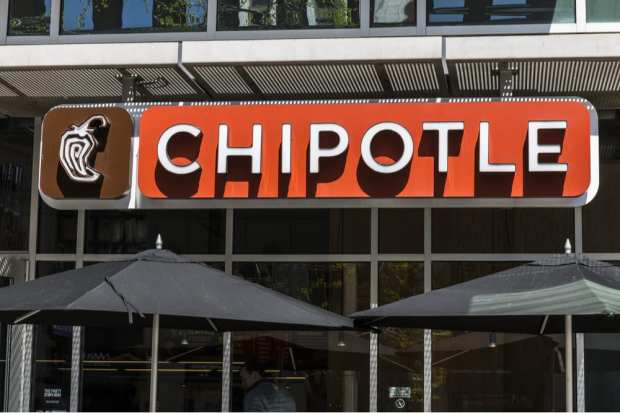Chipotle Mexican Grill Unveils Virtual Farmers’ Market Featuring Suppliers

To let agricultural suppliers in its supply chain roll out bolstered versions of their online shopping websites, Chipotle Mexican Grill unveiled the Shopify-powered Chipotle Virtual Farmers’ Market. The quick-service restaurant (QSR) chain’s suppliers will have the ability to provide dairy, meat and grain items — as well as other products — directly to shoppers throughout the nation, according to an announcement.
Four of the company’s suppliers will sell via individual online stores as part of the effort, including Petaluma Creamery, Niman Ranch, Meister Cheese and McKaskle Family Farm. Niman Ranch provides beef and pork for the company’s restaurants, for instance, while McKaskle Family Farm provides organic brown and white rice.
Every product utilized in the company’s eateries is named adjacent to each farm on the homepage of the digital farmers market to allow enthusiasts to order important ingredients in their favorite products on the restaurant chain’s menu. Chipotle, for its part, is handling hosting fees on Shopify for two years, while aiding with the creation and look of the virtual stores.
Chipotle Mexican Grill Chief Marketing Officer Chris Brandt said in the announcement, “It can be intimidating for many family farms to change the way they do business, so we’re giving our suppliers the right tools and resources to successfully launch improved eCommerce platforms.”
Brandt continued, “Our Food with Integrity values start with our farmers and helping them adapt to new technologies and ways of reaching the consumer is crucial for both the future of the farming industry and Chipotle.”
In April, Chipotle reported better-than-expecting earnings with rising digital sales and a growing rewards program. At the time, it was noted that digital sales at the chain increased 80.8 percent and comprised 26.3 percent of Q1 2020 sales.
CEO Brian Niccol said on an earnings call at the time, “As people started to implement social distancing, we moved swiftly by driving further investments towards digital and delivery design to reduce friction while increasing convenient access.”
